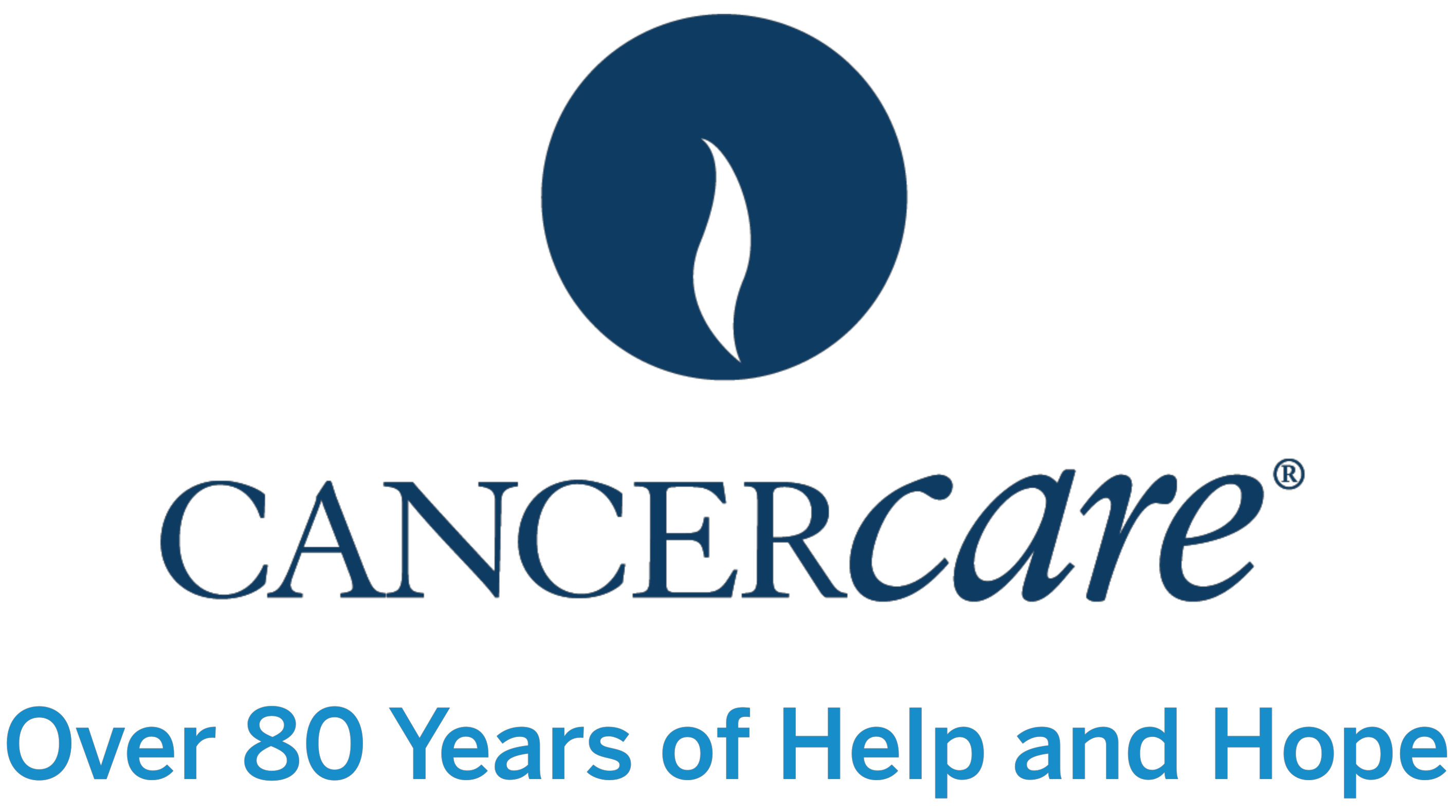Dryness, itchiness, rash and other skin issues can be a challenging part of cancer treatment. This fact sheet discusses:
- The causes and symptoms of cancer-related skin conditions
- Talking with your doctor about your concerns
- Tips for taking care of your skin
Skin Conditions and Cancer Causes
Skin conditions can be common side effects of cancer treatment. They can also be symptoms that come from the cancer itself.
Skin cancer types such as basal cell carcinoma, squamous cell carcinoma and melanoma can result in uncomfortable or painful skin problems.
Cancer treatments including chemotherapy, radiation therapy, targeted therapy and stem cell transplants can result in skin issues.
The way your skin reacts to these diagnoses or treatment can include the following.
- Rash or redness
- Itchiness
- Dryness
- Scaly skin
- Crusty skin
- Pain and bleeding
Talk to Your Doctor About Any Skin Concerns You Have
These symptoms can range from mild to severe and can be painful or affect your appearance.
Your health care team is an important source of information on how to care for your skin during treatment. There are also simple, practical things you can do to keep problems under control.
If you notice any skin changes, always let your doctor know about them. Many cancer treatments can cause your skin to change and it’s important to keep your doctor informed of any treatment side effects that you may experience.
Tips for Caring for Your Skin
Be gentle with your skin. Be careful not to scratch, rub or scrub your skin – for example, pat your skin dry after a shower. Wear soft, non-irritating fabrics. Avoid using hot or cold packs on treated areas of skin unless your doctor says it’s okay. Drink plenty of fluids. This can help keep your skin hydrated. Avoid caffeine or alcohol which can dehydrate you.
Keep your skin moist. To reduce skin dryness, shower in lukewarm instead of hot water. Limit showers to one a day. After you shower, put moisturizing lotion on your skin while it’s still damp. Look for a moisturizer that’s alcohol-free, fragrance-free and hypoallergenic. Apply moisturizer to your skin at least twice a day.
Protect your skin from the sun. Some cancer treatments may make your skin more sensitive to the sun. Ask your doctor if you should use sunblock every day. To protect your skin when you go outdoors, wear a broad-brimmed hat, long-sleeved shirt and long pants.
Look after your fingernails and toenails. The skin around your fingernails or toenails may become dry, brittle or cracked, and some of your nails may become ingrown. Try not to bite your nails and avoid using fake nails or wraps. Wear gloves when you wash dishes or do other chores in the house or yard. Moisturize your hands and feet often. Avoid wearing tight-fitting shoes.
Try to prevent pressure sores. If you spend a lot of time lying in bed or sitting in a chair, you may be at risk for pressure sores. Try to avoid lying or sitting in the same position for a long time. Shift your weight or change your position often. Talk to your doctor about being physically active, or if you’re unable to walk, move your arms and legs up and down and back and forth.
Tell a doctor or nurse right away if you feel pain or burning during chemotherapy. Chemotherapy drugs that touch the skin can cause pain or burning. If you feel pain or burning during intravenous treatment, tell a doctor or nurse right away. Be sure to follow any instructions the doctor or nurse gives you on how to care for your skin when you are at home.
